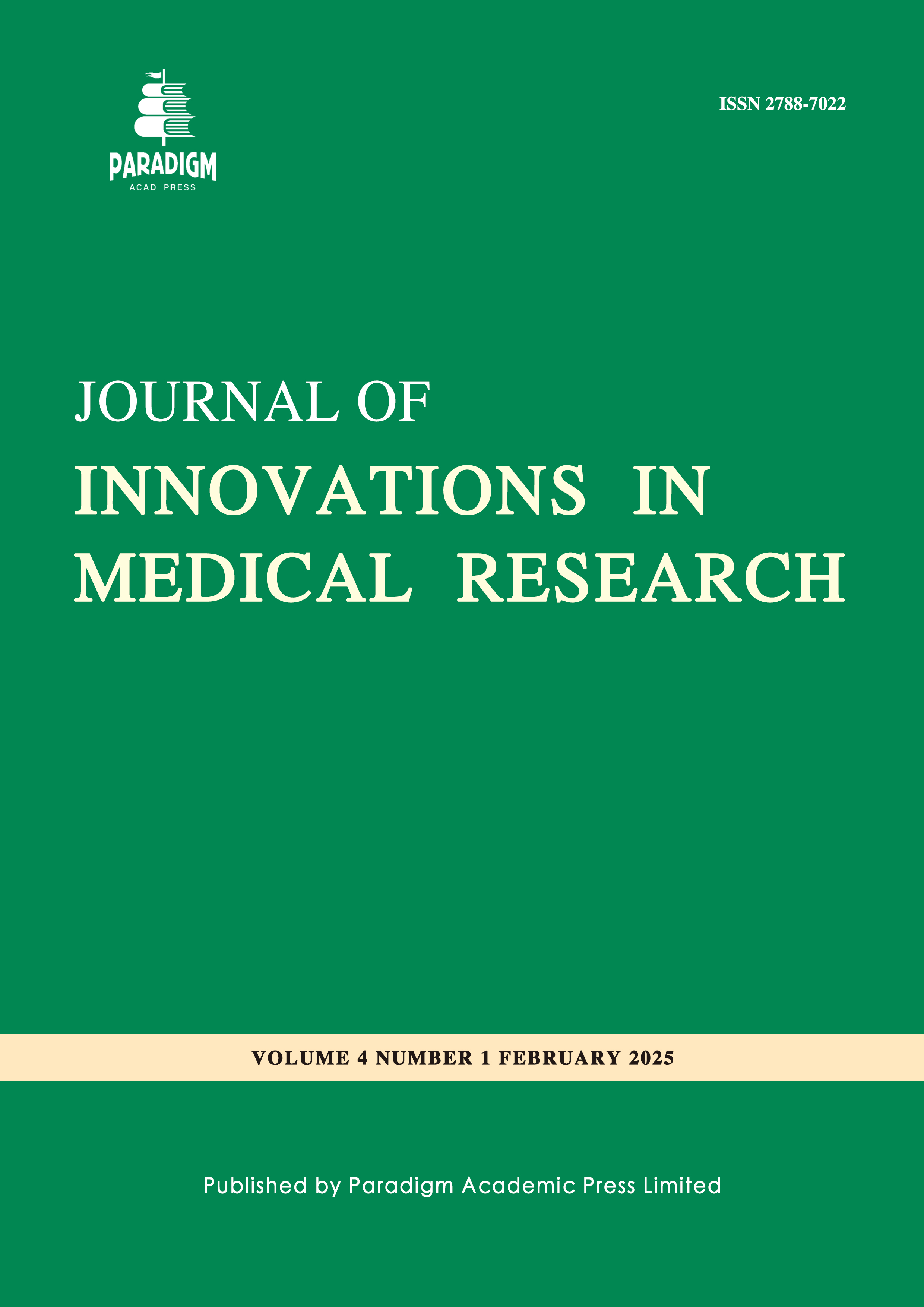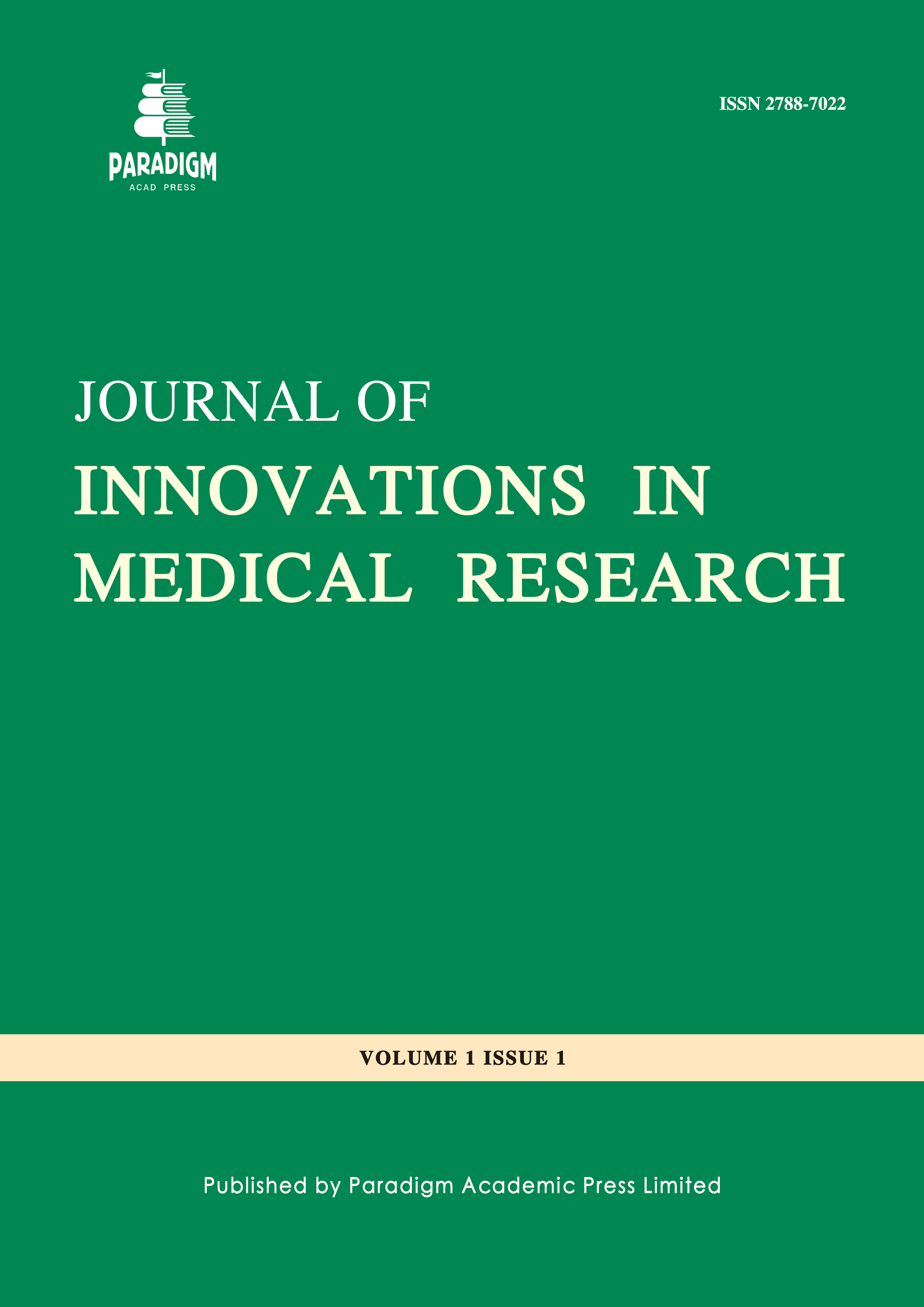The Value of Radiomics in Preoperative Identification of Histological Subtypes and Ki-67 Levels in Lung Cancer: A Systematic Review and Meta-Analysis
Keywords:
lung cancer, radiomics, histological subtypes, Ki-67, systematic reviewAbstract
Background: Recently, early non-invasive identification of Ki-67 levels and histological subtypes in non-small cell lung cancer remains a significant obstacle. With the application of radiomics in cancer diagnosis and treatment, several researchers have investigated the accuracy of radiomics for non-invasive detection of Ki-67 levels and histological subtypes in lung cancer. Nonetheless, there is a dearth of systematic evidence. Hence, we reviewed the value and accuracy of radiomics for early non-invasive identification of Ki-67 levels and histological subtypes in lung cancer. Methods: PubMed, Cochrane, Embase, and Web of Science were comprehensively searched till 10 December 2023, using the Radiomics Risk of Bias Assessment Tool. Subgroup analyses of modeling variables were performed. Results: Thirty-three papers were finally included, with 13 for identifying adenocarcinoma and squamous, and 12 for identifying different pathotypes. In the validation set of the dichotomous task, the meta-analysis results for discriminating high Ki-67 levels yielded 0.77 c-index (95% CI: 0.74-0.79), 0.75 sensitivity (95% CI: 0.70-0.79), and 0.74 specificity (95% CI: 0.70-0.78). The validation set analysis in discriminating lung adenocarcinoma from squamous cell carcinoma yielded 0.78 c-index (95% CI: 0.76-0.80), 0.78 sensitivity (95% CI: 0.70-0.84), and 0.79 specificity (95% CI: 0.73-0.85). Conclusion: Radiomics is tool for non-invasively identifying high Ki-67 levels in lung cancer and identifying different subtypes. However, this is based on limited evidence with a high risk of bias in a subset of studies where radiomics has been performed. Therefore, more studies with larger samples are required to validate the results and develop intelligent readable tools.



